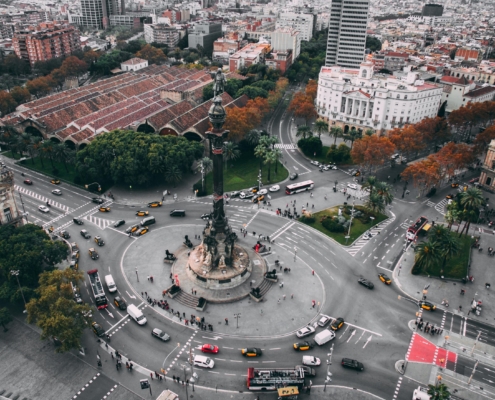Urban transport
The lockdown measures applied to reduce the spread of COVID-19 had a clear impact on urban mobility, in some cases leading to a reduction of an estimated 90% of journeys. On the one hand, the experience of how it could be to live in cities with low pollutant emissions was presented. However, on the other, there was a drop in confidence in the use of public transport, one of the primary means of achieving the medium and long-term low-emission target scenario.
The post-lockdown period is an opportunity to plan and test a series of measures that should contribute to a city model (and its transport system) committed to the UN Sustainable Development Goals (SDGs) and the Paris Climate Agreement. There is talk of tactical urban planning, smart and sustainable mobility, public transport as the backbone of urban mobility and digitalisation as a tool to facilitate transport, among other ideas.





